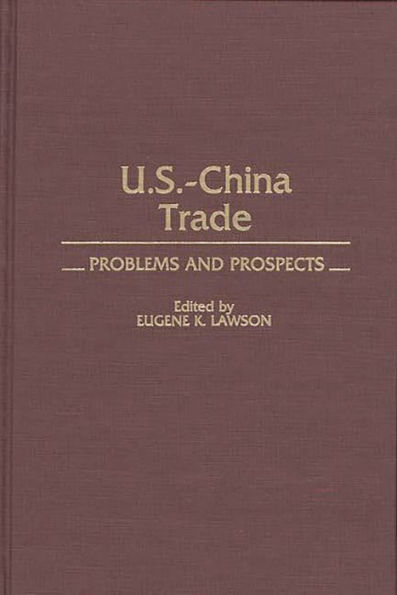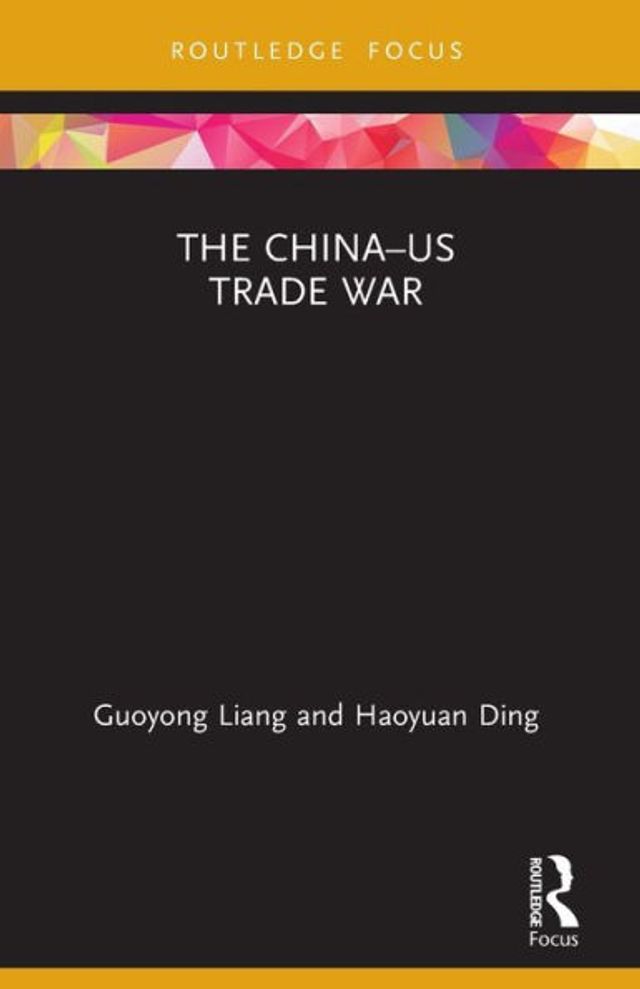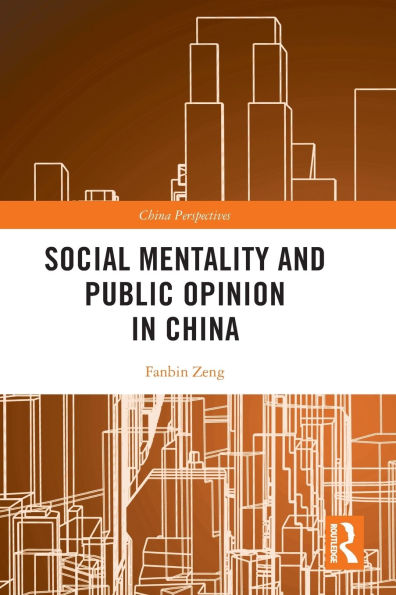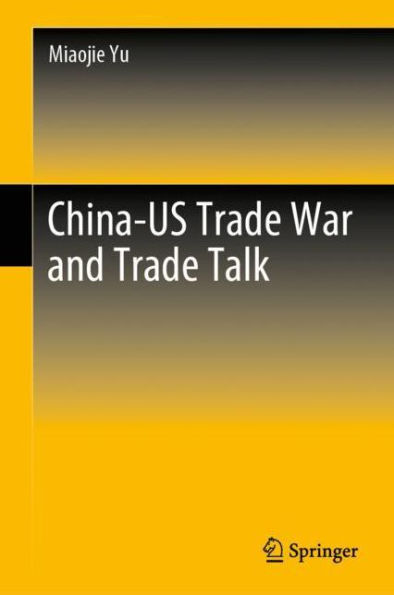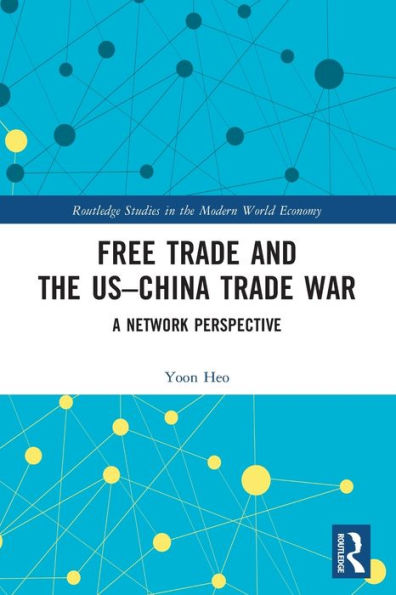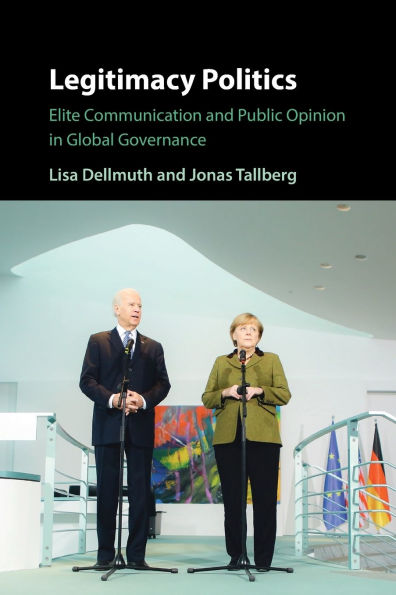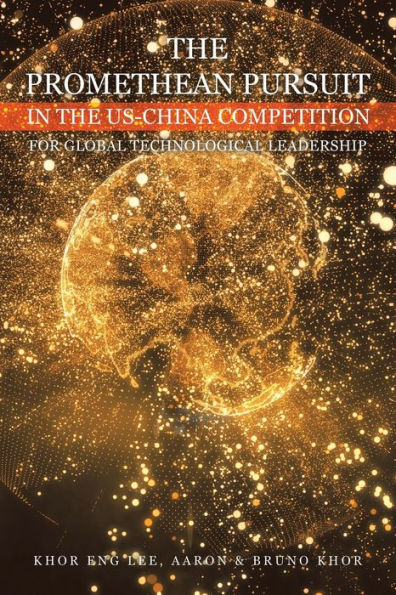Home
the U.S.-China Trade War: Global News Framing and Public Opinion Digital Age
Barnes and Noble
the U.S.-China Trade War: Global News Framing and Public Opinion Digital Age
Current price: $49.95


Barnes and Noble
the U.S.-China Trade War: Global News Framing and Public Opinion Digital Age
Current price: $49.95
Size: Paperback
Loading Inventory...
*Product information may vary - to confirm product availability, pricing, shipping and return information please contact Barnes and Noble
Drawing on data from three national surveys, three content analyses, computational topic modeling, and rhetorical analysis,
The U.S.-China Trade War
sheds light on the twenty-first century’s most high-profile contest over global trade to date. Through diverse empirical studies, the contributors examine the effects of news framing and agenda-setting during the trade war in the Chinese and U.S. news media. Looking at the coverage of Chinese investment in the United States, the use of peace and war journalism frames, and the way media have portrayed the trade war to domestic audiences, the studies explore how media coverage of the trade war has affected public opinion in both countries, as well as how social media has interacted with traditional media in creating news. The authors also analyze the roles of traditional news media and social media in international relations and offer insights into the interactions between professional journalism and user-generated contentinteractions that increasingly affect the creation and impact of global news. At a time when social media are being blamed for spreading misinformation and rumors, this book illustrates how professional and user-generated media can reduce international conflicts, foster mutual understanding, and transcend nationalism and ethnocentrism.
The U.S.-China Trade War
sheds light on the twenty-first century’s most high-profile contest over global trade to date. Through diverse empirical studies, the contributors examine the effects of news framing and agenda-setting during the trade war in the Chinese and U.S. news media. Looking at the coverage of Chinese investment in the United States, the use of peace and war journalism frames, and the way media have portrayed the trade war to domestic audiences, the studies explore how media coverage of the trade war has affected public opinion in both countries, as well as how social media has interacted with traditional media in creating news. The authors also analyze the roles of traditional news media and social media in international relations and offer insights into the interactions between professional journalism and user-generated contentinteractions that increasingly affect the creation and impact of global news. At a time when social media are being blamed for spreading misinformation and rumors, this book illustrates how professional and user-generated media can reduce international conflicts, foster mutual understanding, and transcend nationalism and ethnocentrism.
